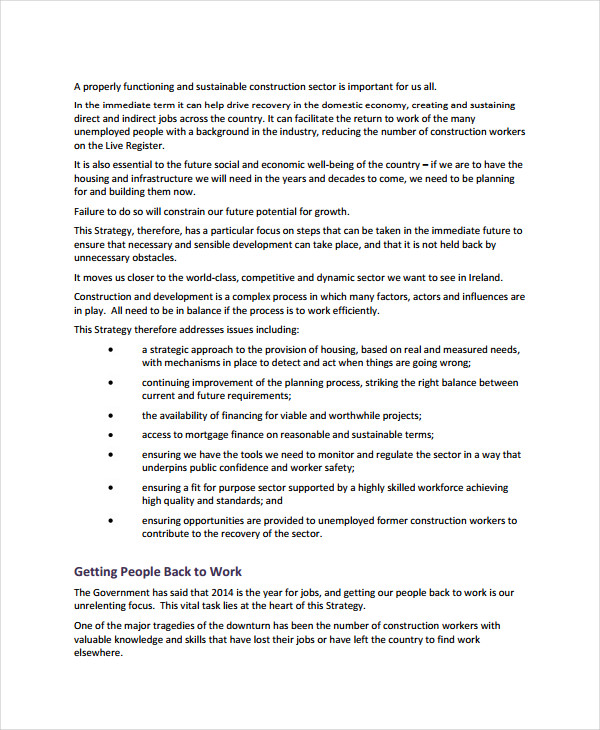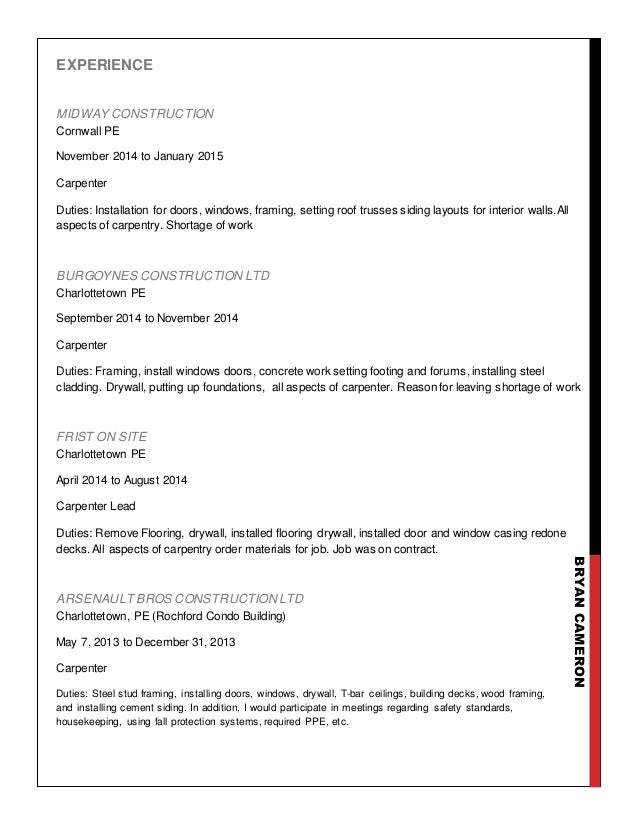
Training is usually on the job, working with an experienced framer. A portfolio of art work will usually also be required.Įntry requirements vary so candidates should check with individual colleges or universities. For a degree course, the minimum requirement is normally two A levels and five GCSE's (A*-C), usually to include English and maths. The minimum requirements for entry to a foundation degree are usually one A level and three to four GCSE's (A*-C).
#Framer job description professional
There are no formal entry qualifications, but professional picture framing is a skilled and technical career and many people enter it after taking a private picture-framing course or gaining experience in a related craft industry. Vacancies may be advertised in the local or national press or in Art Business Today. Framers may also work for large specialist frame makers that sell items to retailers both in the UK and overseas. Organisations such as the National Trust employ picture framers. Some framers are employed by public and private museums, art galleries and photography agencies to work on site, creating frames for new and existing works of art and special exhibitions. The number of full-time vacancies is limited. Alternatively, they run small specialist businesses, employing one or two people. Most picture framers are self-employed, working with different museums, photographers or art organisations on short-term contracts or a project basis. The Fine Art Trade Guild has around 3,000 members.

Those working in a specialist area in a museum or art gallery may earn more than £25,000 a year.Įarnings for self-employed framers vary, depending on the success of their business. With experience, picture framers may earn around between £15,000 and £20,000 a year. Starting salaries for framers are around £12,000 a year. The work may not be suitable for people with dust allergies. It may be necessary to wear protective overalls, gloves and masks, especially when applying strong adhesives. Many self-employed framers work from home. They usually work in well-lit studios or workshops. This may involve travelling to clients, markets or craft fairs. They may also work in an art shop, a gallery or a market to supplement their income. Self-employed framers may be more flexible and base their working hours on their workload. Weekend work is common and overtime may be necessary during busy periods. Picture framers who work in art shops, galleries or museums, for a specialist photographer or in a workshop generally work around 40 hours a week. Many combine their technical and craft skills with running a retail shop selling items such as prints and cards. In some cases, framers may also have to consider whether an item requires conservation framing to help protect and preserve it from sunlight, moisture or other damaging elements. They may also attach hooks or stands for display purposes.

Discussing the design of the frame with the customer.However, the majority are craft framers who design and assemble frames for individual customers.


They may also frame three-dimensional objects, such as dried flowers, medals and trophies.Ī small number of picture framers work as production framers, manufacturing frames that are retailed to customers through shops, mail order and the internet. Picture framers make frames that help to protect and enhance the appearance of a wide range of objects such as paintings, prints, photographs, certificates, tapestries and mirrors.


 0 kommentar(er)
0 kommentar(er)
